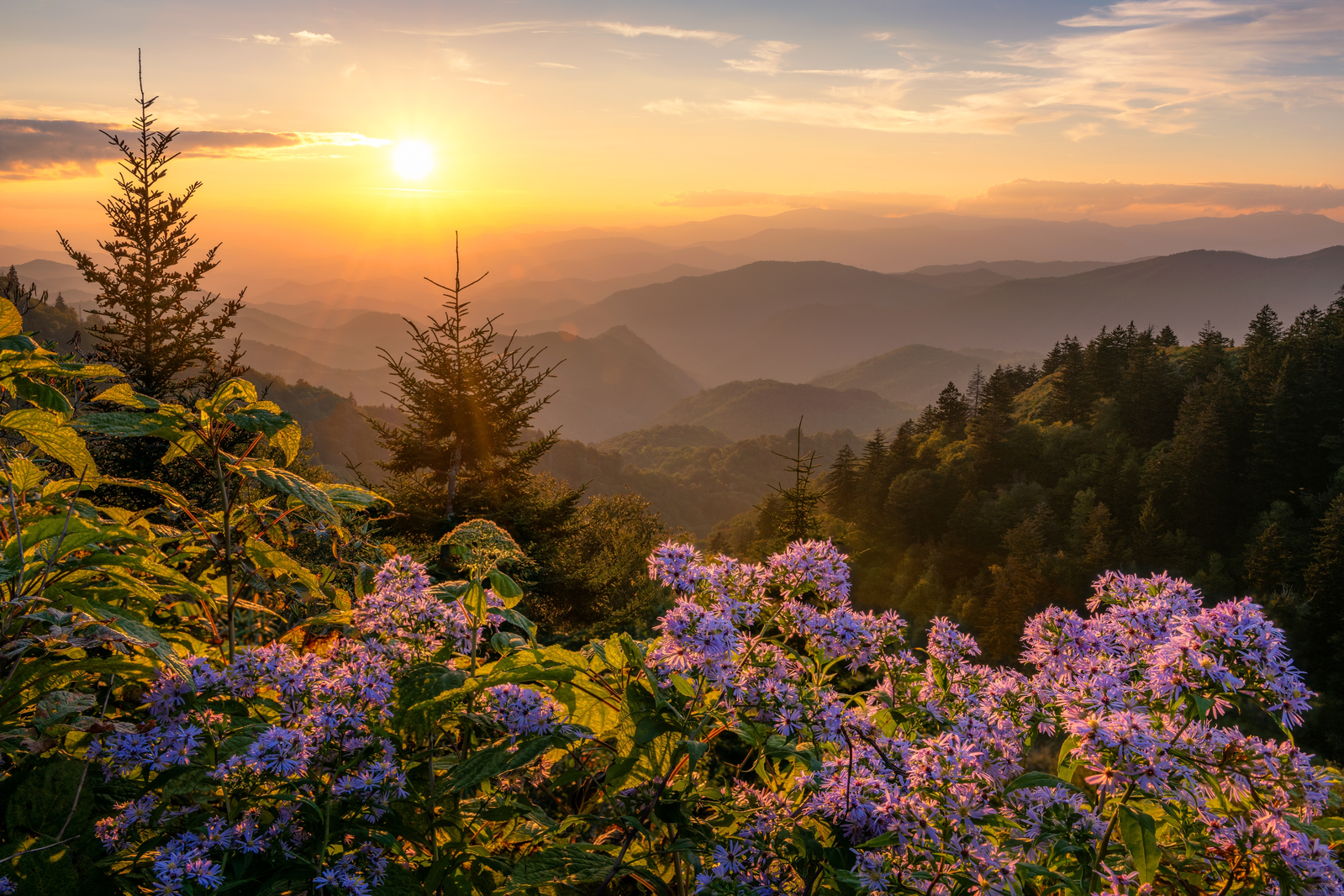The Elkmont Historic District is one of the most fascinating areas to visit in the Great Smoky Mountains. Before the establishment of the national park, Elkmont had a long history as a pioneer community, then as a logging camp, and finally as a resort town for wealthy vacationers. In recent years, the area’s long-abandoned cabins have made the Elkmont ghost town a popular spot for travelers to explore.
The National Park Service recently announced that four historic buildings in Elkmont are now open to the public. As part of an almost yearlong project, the Levi Trentham Cabin, Mayo Cabin, Mayo Servants’ Quarters, and Creekmore Cabin were restored. Read on to learn all about the history of Elkmont and the newly opened cabins.
The History of Elkmont in the Smoky Mountains
The area that would become Elkmont was first settled in the 1840s. Among the valley’s early residents were David Ownby, whose descendants still live in the Smoky Mountains, and Jacob Hauser, who lent his name to the idyllic stream called “Jakes Creek”. The community was known as “Little River” because of its location in the upper Little River Valley.
The Logging Boom
Around the turn of the century, logging became a booming industry in the Smoky Mountains. The Little River Lumber Company was formed in 1901 when Pennsylvania businessman Colonel Wilson B. Townsend purchased 86,000 acres of land along the river. To transport the freshly cut timber, Colonel Townsend built a railroad that connected the riverside logging site to his company’s sawmill in Tuckaleechee Cove.
A Vacation Destination
Before long, the logging railway began transporting not just lumber, but people too! Well-to-do families in the nearby city of Knoxville, TN would take the train down to the Smokies for weekend escapes. The Little River area became so popular with Knoxville’s upper crust that they bought land from the lumber company to set up their own resort community.
The town took the name “Elkmont” from the Knoxville Elks Club, whose members enjoyed fishing in the Little River. Elkmont’s exclusive vacation community was known as the Appalachian Club, which consisted of a clubhouse and dozens of vacation cabins. In addition to the private club, Elkmont also featured the Wonderland Hotel, which was open to the public. According to local news station WBIR, Elkmont was the second largest town in Sevier County by 1910.
The National Park is Established
With the establishment of the Great Smoky Mountains National Park in 1934, the year-round and seasonal residents of Elkmont were given a difficult choice. They could either sell their homes for full value and relocate right away, or they could sell their properties to the National Park Service for a discounted price in return for a lifetime lease. In general, the valley’s poorer residents opted to sell their houses immediately, while those with vacation homes obtained lifetime leases.
Most of the leases in Elkmont expired in 1992, leaving the national park with around 70 historic buildings and no one to maintain them. Over the years, the abandoned cabins began to deteriorate and the legend of the “Elkmont ghost town” grew. In 2009, the National Park Service decided to preserve 19 buildings in Elkmont and demolish the rest, as funding becomes available. So far, six structures have been restored and 30 have been razed.

See the Restored Elkmont Cabins
The newly restored cabins at Elkmont provide an incredible window into the past. The Levi Trentham Cabin was constructed in 1830, making it one of the oldest buildings in the Smoky Mountains. This cabin was relocated from the nearby Jakes Creek area to its present spot in Elkmont.
The Mayo Cabin is believed to be a modified shanty house that once belonged to the Little River Lumber Company. Near the Mayo Cabin is a frame servants quarter that was built around 1920. The National Park Service also restored the Creekmore Cabin, a one-story house that underwent massive repairs to replace rotting walls and roofing. These four buildings join two Elkmont structures that were restored in 2012: the iconic Appalachian Clubhouse and the Spence Cabin.
If you would like to see the Elkmont ghost town for yourself, take US-411 from Gatlinburg to Sugarlands Visitor Center. Then, turn onto Fighting Creek Gap Road and after about 4.5 miles, you will find Elkmont Road.
For more information about things to see and do in the Smokies, visit our Great Smoky Mountains National Park page!

















